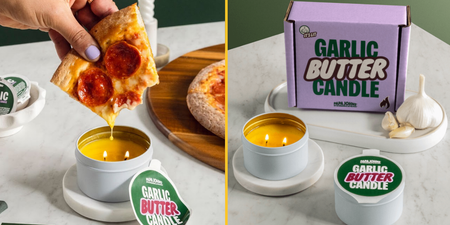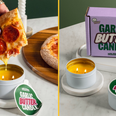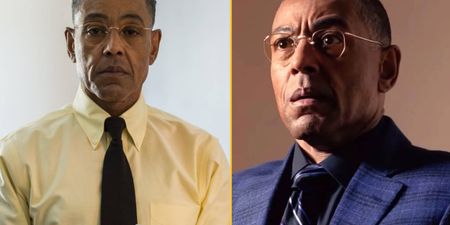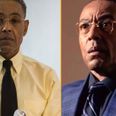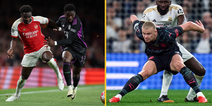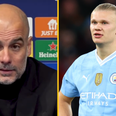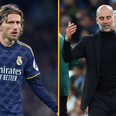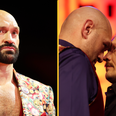The new Amazon Prime documentary Andy Murray: Resurfacing tells the story of how much one man needs tennis, and how much he doesn’t
This is the paradox that exists at the core of Andy Murray, beneath the layers of grit and sediment and granite: tennis is my life and I love tennis but now tennis is ruining my life, I think I hate tennis. This is never explicitly admitted by Murray himself but it becomes apparent throughout Resurfacing. Much of the film is about pain as both a mental and physical barrier, and the different ways Murray has had to overcome it throughout his career. It’s about almost giving up on something that has defined your life before being offered the slimmest, faintest chance that there is a way to carry on, that things might get better.
The opportunity, of course, comes with the warning that it might also make things considerably worse. Here’s a brand new resurfaced metal hip so you’ll be pain-free playing tennis now! Which is great. Congratulations. But don’t play too much tennis or it will explode.
Cycles of death and rebirth, you could say. Murray hindered by what would otherwise be a career-ending injury (again). Murray picking himself up, gritting his teeth and going through the hours and days and weeks and months of mind-numbing rehabilitation just so he can feel the gentle bounce and recoil of the court beneath his feet (again). Murray looking rusty. Discombobulated. Not himself with the racket in hand (again). Murray gritting his teeth even more (his teeth are grindstones, by the way), castigating himself and roaring back from two sets down with impossible tie-break victories (again). He starts to look like his old self (again). Hope (again). Exhilaration (again). Joy, or something like it (again). Then another crushing setback will come. Again.
This has been, for the most part, the trajectory of Murray’s career since his impossible 2016, when he torched everyone in sight not named Novak Djokovic on the way to a second Wimbledon title, second Olympic medal and the world number 1 ranking. An elbow injury, a hip injury and a second hip injury followed and he has not been anywhere close to the same player since. Murray wasn’t afforded the opportunity to gradually, and gracefully, descend from his peak. He was abruptly booted off the mountain. Ever since, the thought of retirement has not been far from his mind.
You will remember the press conference from the Australian Open this year when everyone thought he was retiring. The moment the small chip in the glass shattered across the whole pane. You’ll remember the way he answered the very first question – “Andy, how are you feeling?” – with “Errrr, yeah. Not… not great”, a pause and then a sigh deeper than the Mariana Trench. You’ll remember his voice shaking with fragility and doubt like a wartime radio transmission. That he pulled the peak of his cap down to hide his face, that he left the stage in tears before coming back, not quite to retire then and there, but to warn everyone that it was coming. That it wouldn’t be too long.
“I said to my team, ‘Look, I think I can get through this until Wimbledon.’ That’s where I would like to stop playing. But I am also not certain I am able to do that.”
Resurfacing is at its most compelling – and indeed, Murray is too – when shedding light on the buildup to this moment. The slow torture of uncertainty as recovery options were ticked off the longlist one by one and retirement, once question-marked, was circled and underlined and jabbed at repeatedly with a biro, haunting everything.
Murray, precisely because he is Andy Murray, doesn’t actually say all that much over the course of the documentary. He talks about how important all the people around him are and how much they have helped when the going gets tough. He is very polite and likeable, if a little unengaging. Typical portrait of an all-time great athlete stuff. But there are brief, memorable flashes when the sportsman’s pretence slips and he shows the real frustration stirring inside. You know, what it’s actually like to be the best in the world at the thing you have spent your entire fucking life trying to be the best in the world at, and how it feels when that is snatched away from you.
There’s an inherent irony there for Murray, too. The reason his hip was ground to dust is the same reason he was able to catapult himself from a footnote in the Federer/Nadal/Djokovic era to their equal. Nothing was ever too hard or too painful or too much for him. After doctors discovered his split patella at the age of 16 he was told he would never play tennis at a high level. I wasn’t in the room but I imagine Murray merely shrugged and told them he’d offset that by just ‘trying harder’. He probably gritted his teeth for the first time, too.
Imagine it this way. You’re a time-traveller who goes back to visit a young tennis prodigy in the 90s. ‘You’re good, kid’ you say, ‘but there are three other guys a hundred times more naturally talented who are going to dominate the next two decades of tennis. I’m from the future, I’ve seen it. Here’s proof. *YouTube clip of an otherworldly Federer forehand winner played from an iPhone*. You won’t get a look in, no matter what you do from this point on.’
I think almost everyone would drop the racket then and there. And understandably so. There would probably be tears. I think Andy Murray would ignore you and carry on practicing his serve. I’m not even sure he’d turn his head.
So because he is like this, and because we know he is like this, and because we cheer him on because he is like this, it makes it all the more remarkable that we see him very occasionally crumble under the weight of his own expectation. Which is itself an expectation built on the perceived expectations of everyone else. In one scene he moans at his team, but mostly himself, because he isn’t throwing himself around the court in training like he would during a tournament. “I’m protecting my hip. For what? For nothing.” In another, he breaks down in front of the camera, head in hands, after another operation fails to rid him of the pain eating away every time he plays. “I really feel like I don’t deserve this. I feel like I deserved a better outcome.” He even snaps at director Olivia Cappuccini, who he otherwise grew very close to over the course of the film, after some pertinent questioning about what his relentless desire to play again is really about. “No, it’s not all about competing again,” Murray replies, in the tone of voice that suggests it is very much about competing again.
As sad at it is and as unjust as it is for Murray to face the seemingly endless roadblocks, and to always take them so personally, there is also a gentle humour there, too. It might seem like an odd thing to say, that there is an intrinsic element of comedy in this; the weary sportsman starting the long road to recovery, yet again, and being royally pissed off about the whole thing. But there is.
Watching Murray take a call about his surgery being arranged for ten days time, vent to the camera about that being ‘over a week away’, leaving him all this time to agonise over the decision, is obviously fairly emotional. Watching him do all of that and then stomp over to the VersaClimber to angrily blast through some sets in complete and total silence? Actually very funny. In fact, these are the most touchingly Andy Murray moments in the whole thing. Seeing Andy Murray watch a not-for-the-faint-hearted video of hip resurfacing surgery and laugh about the fact that they use what is essentially an actual DIY hammer to bash the new implant into place? Also funny. Watching Andy Murray stood on a Plyo Box, straight-faced and with resistance bands in hand, telling his fitness coach Matt Little that rehab does “nothing for me… like this does absolutely nothing for me”? Very, very funny. Impossibly funny.
It is no spoiler to tell you that the surgery goes well. Murray can now walk without every step causing a grimace and the film ends on a powerfully optimistic note as he begins the long climb to relevance again. The twist, this time, is that he has apparently come to terms with his Sisyphean existence in the tennis universe. He puts it best himself: “I always thought tennis made me happy… but I’m just happy not being in pain now.” In essence, he has one last free spin. He can play some more tournaments, largely pain-free, rediscover the joy that has been absent over these last two, largely joyless, years and retire when feels it is time, rather than when he no longer has the gift of choice.
It doesn’t matter how successful he is during this twilight, of course, but the expectations will return. There will be little regard for the reality of the situation, that it is remarkable he is even running about on a tennis court, let alone competing at the very top level, because he is Andy Murray. He will take one step onto that hallowed turf at Wimbledon and people will believe he can win the whole damn thing because he is Andy Murray. They will demand one more bruising showdown with Djokovic or Federer or Nadal, and to see him pumping his fists in victory and throwing his wristbands into the crowd at the end of it. Because he is Andy Murray.
The problem, and it is a problem for anyone clinging to the hope that Murray will be Murray again, is that he isn’t going to fight his body anymore. He will stop when he needs to stop. He will listen to his doctors, trainers and family and acknowledge that he is in pain and should be sensible, something he has failed to do for the vast majority of his career. There is more than his physical wellbeing at stake now. There is a developed sense of what is important, happiness and contentment, the prospect of a pain-free life and this wealth of defiant, heroic memories to spend it looking back on. No more gritting of the teeth. No more grinning and bearing it.
The truth for Murray is that all this time he pushed on and pushed through because he didn’t know what would happen if he didn’t. How empty the room might look once everything had been packed into cardboard boxes and stuffed onto a moving truck. The surgery, more than anything else, has given him reason not to worry about this anymore. On the eve of the premiere for Resurfacing he explained: “I don’t think sport does a good job of preparing athletes for when they finish. Or start either. For me, it’s ‘What do I do with myself?’ This is all I’ve known, playing this sport since I was a kid. ‘What am I going to do now?’ And it was something that I was worried about. But after I had this operation and it got rid of the pain… my priorities changed.”
“I got to feel what it [retirement] was like for three or four months. If I wasn’t playing tennis what my life would look like,” he continued. “And it was good. So I’m not worried if I have to stop in six months time if I had another injury, I would probably call it a day… and I’d be fine.”
His voice wavers only slightly on the word ‘fine’.
Andy Murray: Resurfacing is out now on Amazon Prime Video.
RELATED ARTICLES


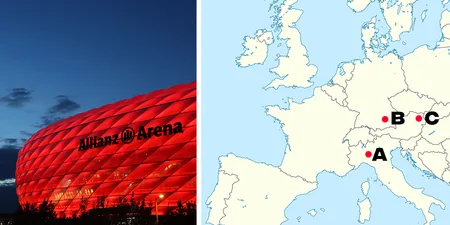


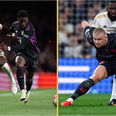
MORE FROM JOE



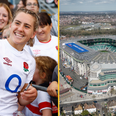
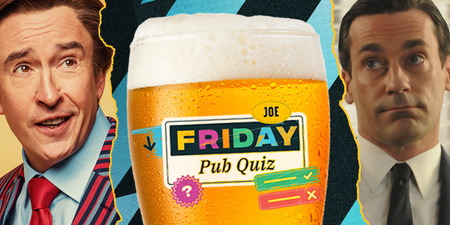


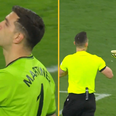
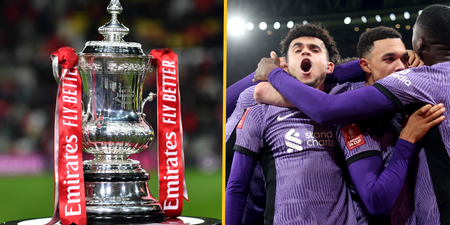
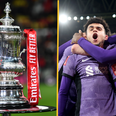
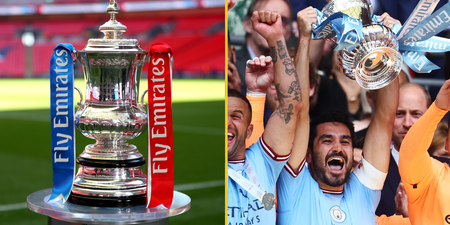
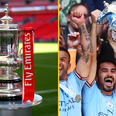
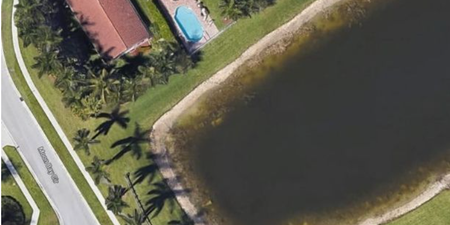



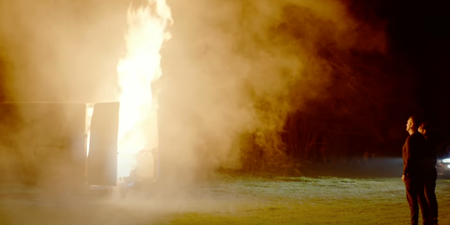
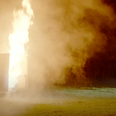




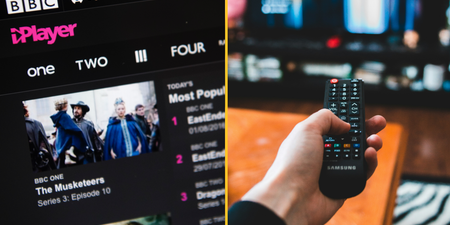

MORE FROM JOE




